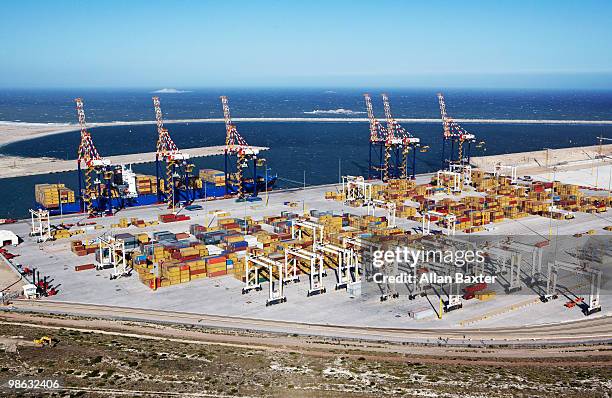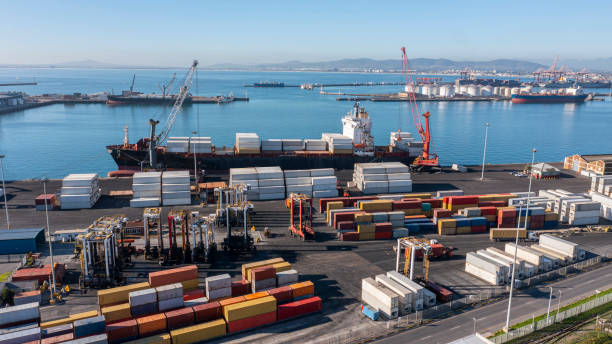South African economists are sounding the alarm over escalating trade tensions with Washington, urging stronger international cooperation to counter what they describe as damaging U.S. protectionist policies. Barely two weeks into a new U.S. tariff regime, the country faces steep export hurdles that could worsen already fragile economic conditions.
The U.S. has imposed a 30% tariff on key South African exports—the highest rate applied to any sub-Saharan African nation. With the United States historically serving as South Africa’s second-largest trade partner, the move has forced economists to downgrade growth forecasts for 2025 and 2026. Standard Bank, the country’s biggest lender, now projects just 0.9% growth next year, down from 1.7%, and only 1.3% in 2026—well below earlier expectations.
Political Tensions Underpin Economic Fallout
Relations between Pretoria and Washington have deteriorated sharply since Donald Trump’s return to the White House in January. The U.S. president has openly criticized South Africa’s new land reform law, framing it as discriminatory against white citizens—a position widely rejected in Pretoria. In March, the Trump administration expelled South Africa’s ambassador, Ebrahim Rasool, labeling him a “race-baiting politician.” The diplomatic rupture has heightened fears that trade is now being weaponized as leverage in broader political disputes.

While several sectors—including pharmaceuticals, semiconductors, copper, and energy products—remain exempt from tariffs, the Department of Trade and Industry estimates that roughly 30,000 jobs are at risk. Economists warn the impact will be most severe in automotive and agricultural exports, two of South Africa’s most competitive industries.
“People will lose their jobs and they won’t easily find new ones,” said Professor Jannie Rossouw of Wits University. “Our unemployment crisis is already dire, and this shock makes it worse.”
Weaponization of Trade
Standard Bank chief economist Goolam Ballim criticized Washington’s so-called “reciprocal tariff” strategy, describing it as an attempt to preserve U.S. global dominance by undermining competitors.
“Up to two-thirds of South Africa’s exports come from mining and manufacturing, especially automotive goods,” Ballim said. “The 30% tariff hits these sectors directly. This isn’t about reciprocity; it’s about the U.S. using trade as a weapon to curb the rise of other economies.”
Ballim further argued that America’s policy reflects broader anxieties over its declining global influence. “Washington is seeking to arrest its decline while obstructing the ascendancy of others. Trade has become a geopolitical tool.”
Searching for Alternatives
In response, South Africa is accelerating efforts to diversify its export markets. The government is strengthening intra-African trade and exploring opportunities in Asia and the Middle East, particularly with the UAE, Qatar, and Saudi Arabia. China—already South Africa’s largest trading partner—absorbs around 20% of the country’s exports, compared to less than 8% going to the U.S. Pretoria recently secured new export protocols with China and Thailand, opening access for agricultural products like citrus.
Analysts note that while South Africa may mitigate some of the damage by pivoting eastward, the sudden disruption underscores its vulnerability to shifts in U.S. foreign and trade policy. With unemployment persistently high and growth stagnating, economists warn that Washington’s tariffs risk deepening economic instability unless Pretoria succeeds in reconfiguring its trade networks.



